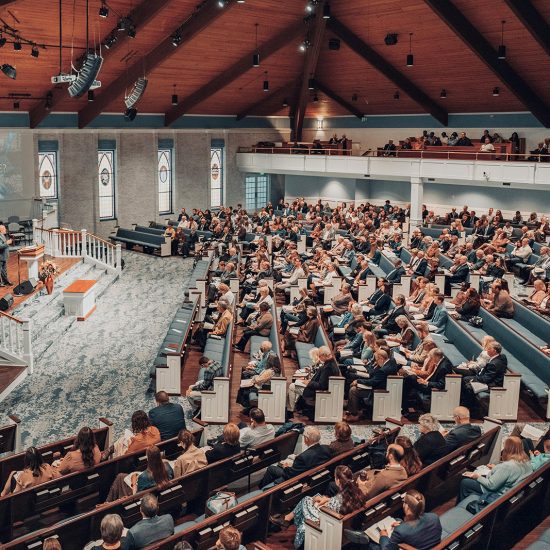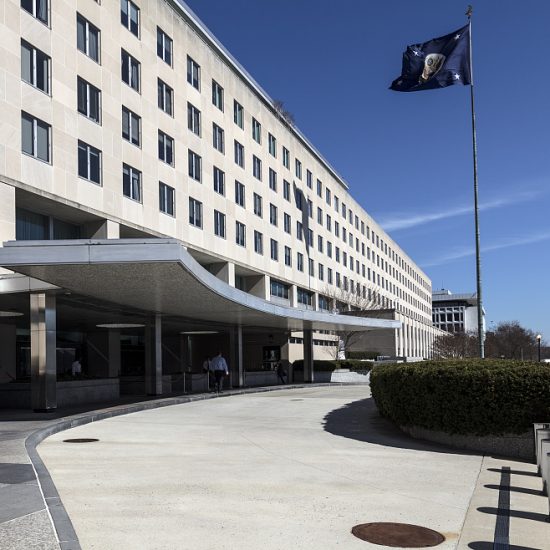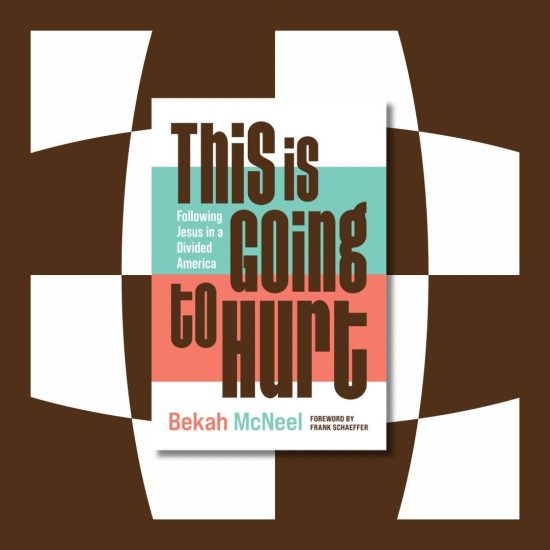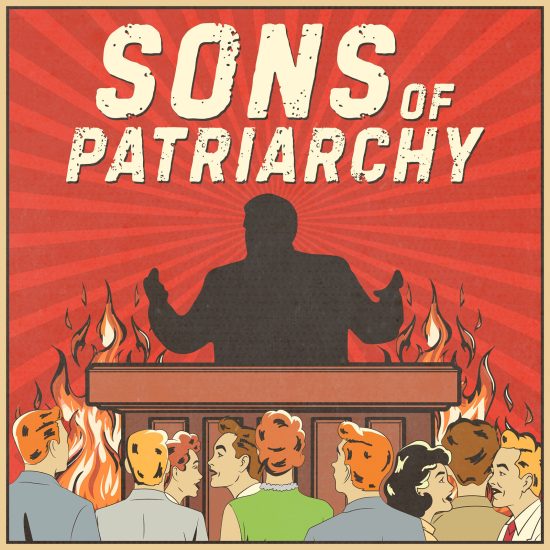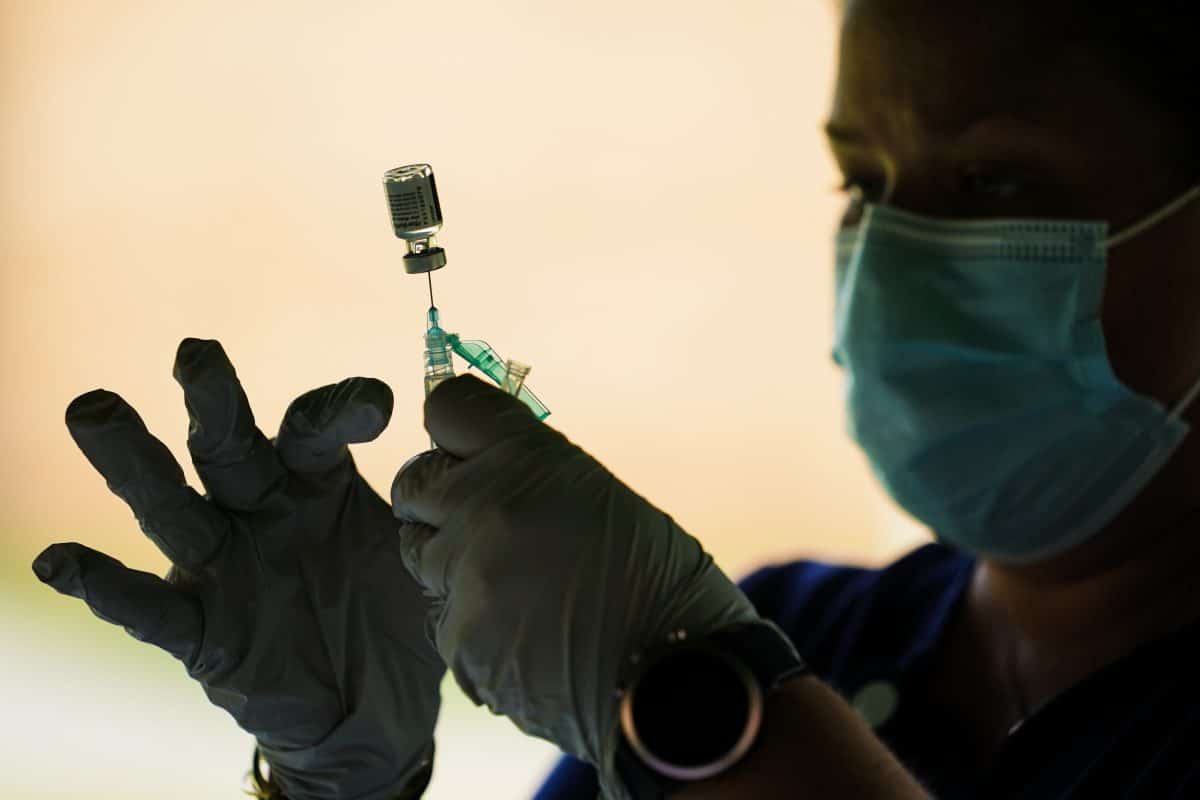
“The Disease is, thro’ God’s common Blessing, happily converted into a Remedy.”
Rev. William Cooper penned those words in 1728 as he urged vaccination against the deadly smallpox virus hitting colonial Boston yet again. Writing as a minister to refute objections to inoculation, he framed his argument by starting with the words of Luke 6:9 (albeit with the written version of pastoral shouting): “Then said Jesus unto them, I will ask you one Thing, IS IT LAWFUL TO SAVE LIFE OR TO DESTROY IT?”
Joining other inoculation ministers like Cotton Mather, Cooper preached the importance of saving lives and caring for children and neighbors by getting inoculated against smallpox. In fact, a member of Cooper’s congregation, Zabdiel Boylston, was the first North American doctor to perform smallpox inoculations.
Such preaching was no small matter. The experimental idea of vaccination drew public outcry since it involved giving someone a small dose of smallpox to foster immunity. Today that science is well documented (and enables us to get a flu shot every year), but in the early 18th century many disputed the theory. These opponents demonized those who practiced it, and tried to stop any inoculations. Sometimes they even took extreme measures. Explosive devices were tossed into the homes of both Boylston and Mather.
Undaunted, doctors like Boylston kept inoculating people, and ministers like Mather and Cooper kept the faith as they encouraged doctors and would-be patients. Cooper argued that such treatment “may by the Blessing of Heaven, be your Safety and Preservation.” To those who offered religious objections, he shot back with religious arguments. He insisted the inoculation science offered proof of “a gracious God,” and thus people should “accept it with Adoring Thankfulness.”
 New research confirms that what Cooper did nearly 300 years ago against a disease now considered eradicated could still work today in the fight against COVID-19. In this issue of A Public Witness, we’ll consider our current context and what we might learn today from the rhetorical approach of an 18th century minister trying to save his flock from the ravages of an ancient disease.
New research confirms that what Cooper did nearly 300 years ago against a disease now considered eradicated could still work today in the fight against COVID-19. In this issue of A Public Witness, we’ll consider our current context and what we might learn today from the rhetorical approach of an 18th century minister trying to save his flock from the ravages of an ancient disease.
NOTE: The rest of this piece is only available to paid subscribers of the Word&Way e-newsletter A Public Witness. Subscribe today to read this essay and all previous issues, and receive future ones in your inbox.

